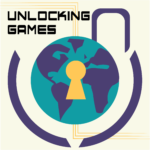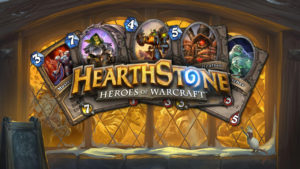
 Happy Thanksgiving! If you’re looking for an escape from the post-turkey awkward conversations, check out the conclusion of our series on Discovery Learning.
Happy Thanksgiving! If you’re looking for an escape from the post-turkey awkward conversations, check out the conclusion of our series on Discovery Learning.
In our previous two episodes, we examined the positives and negatives of discovery learning.
But what’s the takeaway – is it a good or bad idea? Of course it’s more complicated than that: A combination of discovery learning and expository learning is the way to go. By providing feedback and scaffolding as students work through problems, instructors will end up with better results.
Discovery learning also survives today as problem-centered learning. By opening with a description a relevant problem to frame the training, you can immediately show the relevance of what you’re talking about. Demonstrate how to solve that problem, and then have students practice responding while you give feedback. Lastly, give them their own problems to work on and provide feedback as they go.
Hearthstone’s introduction of the Taunt mechanic is a great example of this blended approach. Players are presented with a situation that seems unwinnable, with almost no other option than to play the Taunt card and see what it does. We also found examples in Ethan Carter, Myst, and other games.
Show Notes & Links:
- Does Discovery-Based Instruction Enhance Learning? by Alfieri et. al, 2011, Journal of Educational Psychology
- First Principles of Instruction by M.D. Merrill, 2002
- Episodic Memory: A Neglected Phenomenon in the Psychology of Education, 1993, Educational Psychologist
- Learning Instruction: Theory into Practice by Margaret Gredler, 2008
- “A Theoretical Foundation for Discovery Learningâ€, By Marilla D. Svinicki, 1998, Advances in Physiology Education
- I misremembered the talk I saw about the use of heatmaps in Halo’s level design. It was actually about Destiny, not Halo. See Jennifer Ash’s presentation UX Lessons Learned on Destiny.
Games mentioned in this episode:
- Ethan Carter
- Myst
- Hearthstone
- Halo
- Destiny
- Space Quest